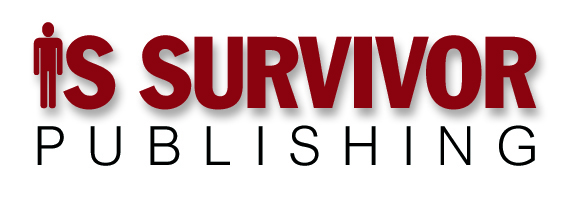He was a screamer.
Every so often I run across one of these — someone who gets ahead by throwing public tantrums. Strangely, some companies do little or nothing to discourage this behavior. Why? On the rare occasion I’m in a position to ask, I’m told the screamer gets results or some such nonsense: Any results I’ve seen in these circumstances happen in spite of the outbursts, not because of them.
If you disagree, a question: Given a choice, would the best talent in your industry work in an environment like this? And the best talent always has a choice.
Screamers display their temper to intimidate. It’s a way to get their own way, which is, I strongly suspect, their definition of “good.”
And those on the receiving end don’t even have to be intimidated for the outbursts to be effective. They’re unpleasant, and most of us, most of the time, are willing to make concessions to avoid unpleasantness.
Anyway, screamers are merely the tip of the culture-of-fear iceberg. There was, for example, this response to a standard question I ask everyone I interview during the information-gathering phase of any organizational effectiveness assessment … always, by the way, with a promise of confidentiality:
Congratulations! You’re now in charge of the whole company. It’s just for one day, though, so you only get to make one change. My question: What would that one change be?
In most organizations the answers are about reducing the height and impact of organizational siloes, adding more staff because the workload exceeds current capacity, fixing a bespoke interface tangle … that sort of thing.
When I asked this question in a fear-driven enterprise, one respondent answered, “You’ll have to ask my manager. This is above my pay grade.” His answer should have been, “I’d get the company to buy me a spine.”
Then he complained to his manager about my having asked him such an inappropriate question. It created quite a ruckus.
There is, to be sure, more than one kind of culture of fear. Perhaps the most pernicious is the kind of fear that stomps out initiative. Dig into what drives this sort of culture and you’ll find the fear goes all the way to the top, with members of the executive suite more concerned about what might go wrong than about what might go right — who pay more attention to risk than to opportunity.
You have, for example, undoubtedly run across the phrase “analysis paralysis.” It’s unfortunately catchy, because it obscures what’s really going on. What’s paralyzing the organization aren’t the endless analyses. It’s what’s driving decision-makers to ask for them: Fear that their decision might not lead to wealth and glory and nothing but wealth and glory.
“So far we’ve asked how male customers who are 6′ 2″ or taller, between the ages of 21 and 40, and are in committed relationships will respond to this, but we haven’t looked at the impact of incipient male pattern baldness. Go back and run the numbers.”
Even worse, and even more prevalent, are those companies that make decisions based solely on measurable financial return on investment. They’re worse because they’ve carefully organized their priorities so as to avoid investing in competitive advantage: If every project has to pay off, right now, competitive advantage isn’t even a subject.
To illustrate the point: You’ve read about the Internet of Things (IoT). You conclude it’s real, and that it’s important: If your company adds intelligence to its products they’ll be more attractive than what’s currently available in the marketplace. The same is true of your competitors, and whoever gets there first wins.
But the company can’t just add smarts to the products themselves. IoT requires significant enhancements to the IT infrastructure as a prerequisite. Now’s the time to invest.
What’s the ROI? None. Beefing up the infrastructure is foundational. It’s the smart products that will drive ROI.
And even there, competitors will also pursue IoT-driven opportunities. So the most likely outcome is that the actual business benefit will be remaining even with the marketplace.
Sometimes, expending enormous effort so as to maintain your position is a difficult and valuable achievement, even though there’s no way to measure the value, only the difficulty. But a fear-driven enterprise will never make the effort. The result: It will fall even further behind.
The financial squeeze that results will have only one possible and inevitable effect:
Future decisions will be driven by even more fear.
